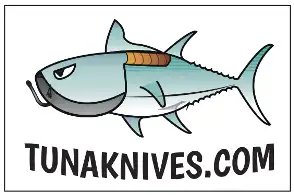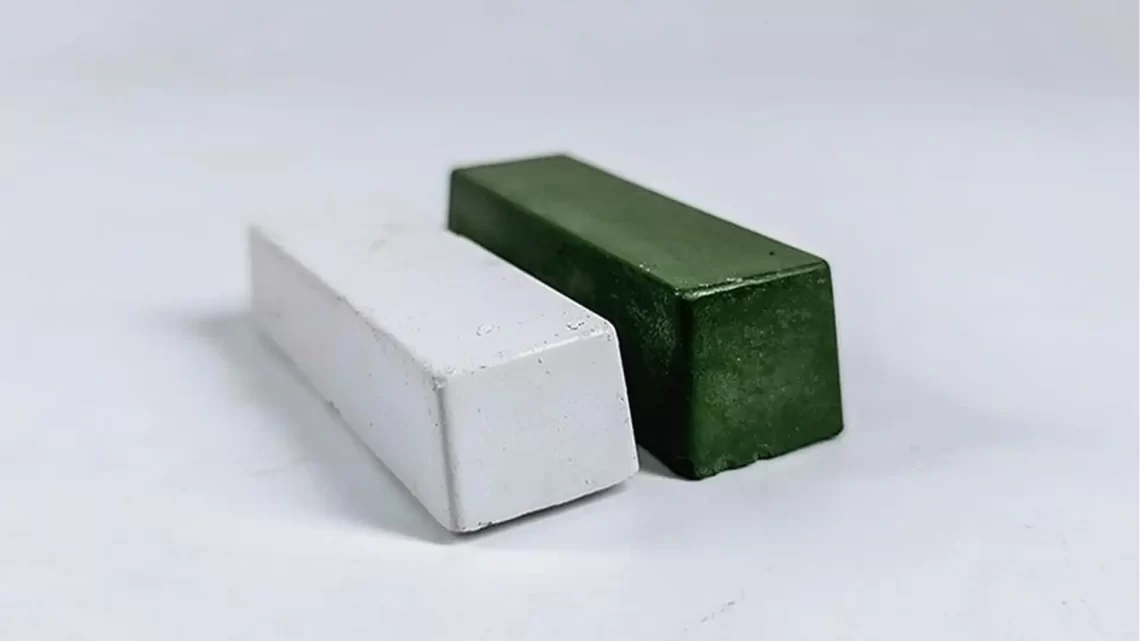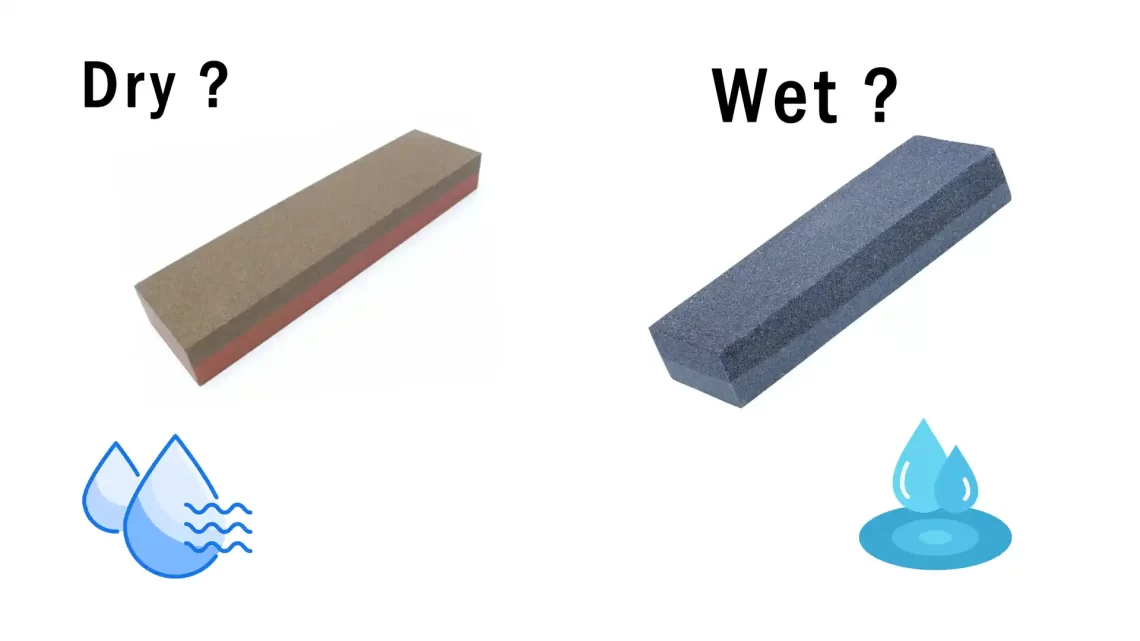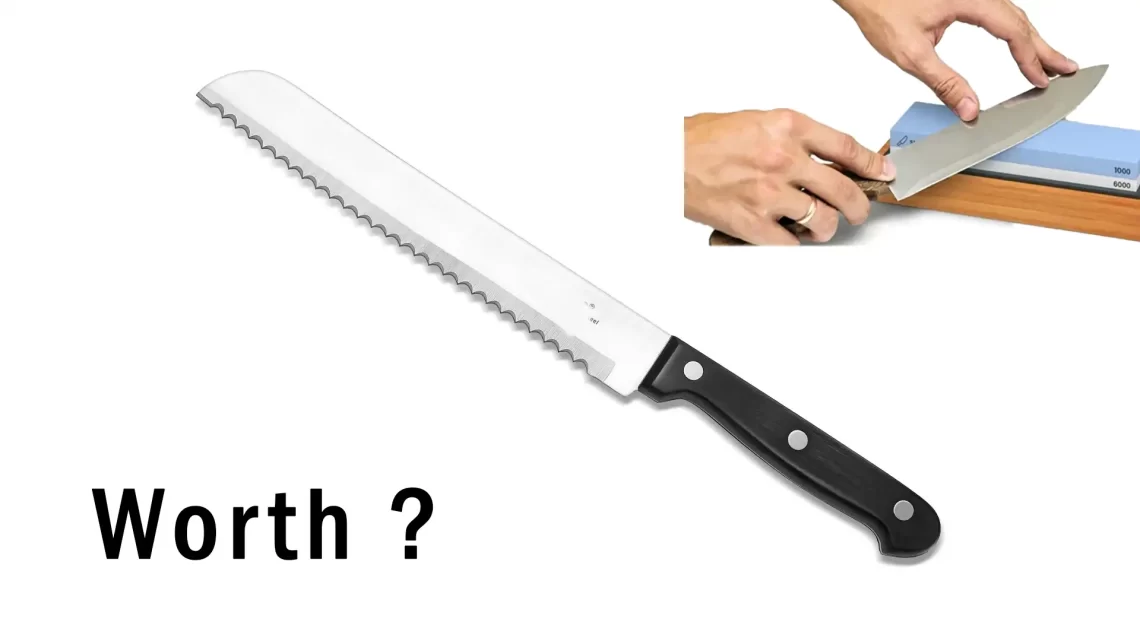There is a HUGE range and variety of sharpening products and methods out there, and before going any further down the sharpening rabbit hole, forming a sharpening philosophy can help you save time and money in the long run.
When you first embark on your sharpening journey and start sifting through the usual pile of information that search engines, Youtube videos, forums, and blogs (like this one! ) spew out, it can be very overwhelming. In reality, there are only two constants when sharpening: the first is that the answer to every question is It depends; and the second is that The more you know about sharpening, the more you need to know.
The next logical question is What do I need to know? Well, the answer is, of course It depends! I’m glad we got that cleared up.
Seriously, though, it’s not about answering “how to sharpen” (which is the easy part since the actual rules of sharpening are quite concrete) – it’s about asking and answering What do I want to achieve when I sharpen, and how do I go about it? The answers to these 2 questions are what form the backbones of your sharpening philosophy, and will guide you toward making purchases that are best for you.
There are more categories to choose from as you progress deeper down certain paths, but these are the most important factors in the beginning.
The saying goes “Good, fast and cheap – Pick any 2”. Speed generally costs more, as do more precise results. However, if you are on a budget, less expensive products will still generally work. This is the is one major category that every decision will always boil down to. There is no “wrong” answer – it is completely subjective, and the answer can change at any time given the circumstances surrounding the decision(s).
Take a more in-depth look at cost vs. speed vs. precision here.
The second category will more clearly define the path of your sharpening journey:
- Mechanized vs. Manual Sharpening
There is a definite split in the sharpening world between Mechanized and Manual sharpening. Both have many options to choose from, and both have their pros and cons depending on the type of sharpening you are doing, and sharpeners can find a comfortable balance between them. Generally speaking, mechanized is anything with a motor – a belt sander, stone or paper wheel, grinders, etc., and are easily the fastest methods and are more aggressive than non-mechanized approaches.
Manual Sharpening is further broken down into Freehand and Guided sharpening, which are similar in terms of the types of sharpening mediums they use. They include sharpening stones, various abrasive papers, sprays, compounds, and stropping mediums, etc.. (More on this in a minute.) But overall, Manual Sharpening’s speed is slower, but results are generally more personalized and the process is more Zen-like.
So once you’ve decided where you stand in terms of Mechanized vs. Manual Sharpening, you will need to go one step further:
- Freehand vs. Guided
With Freehand vs. Guided Sharpening, there is the obvious increase in precision with guides that makes them very powerful and almost idiot proof sharpening tools, however, the speed, skill and freedom of freehand sharpening has a large appeal as well. Note that both Mechanized and Manual sharpening can done freehand, or guided with various jigs and guides.
The final category to consider is:
- Maintenance vs. Full Service Sharpening
In this case, Maintenance Sharpening is for someone who has several knives that are kept consistently sharp, and would like to simply touch them up here and there, with no real damage to repair or major sharpening to be done. Full Service Sharpening is being able to perform all aspects of sharpening from making repairs to chipped edges, profiling new blades, and maintaining edges over time.
This is not a black and white category – there is an overlap of abilities with many of the products and methods. Most Maintenance-minded sharpening products and methods will perform repair tasks, and Full Service-minded sharpening products and methods are perfectly suitable for maintaining edges.
Conclusion
If you’ve taken these 4 categories into consideration, you should start to have a better view of what kind of sharpening you want to do, and which products and methods you may want to consider given the specific things you want to sharpen.
Your philosophy is not set in stone – it will change and develop as you continue on your journey – don’t forget – the more you know about sharpening, the more you need to know. For example, there are more advanced categories to consider, such as sharpening for Aesthetics vs. Functionality, “True grit” edges vs. Polished Grooves – just to name 2.




